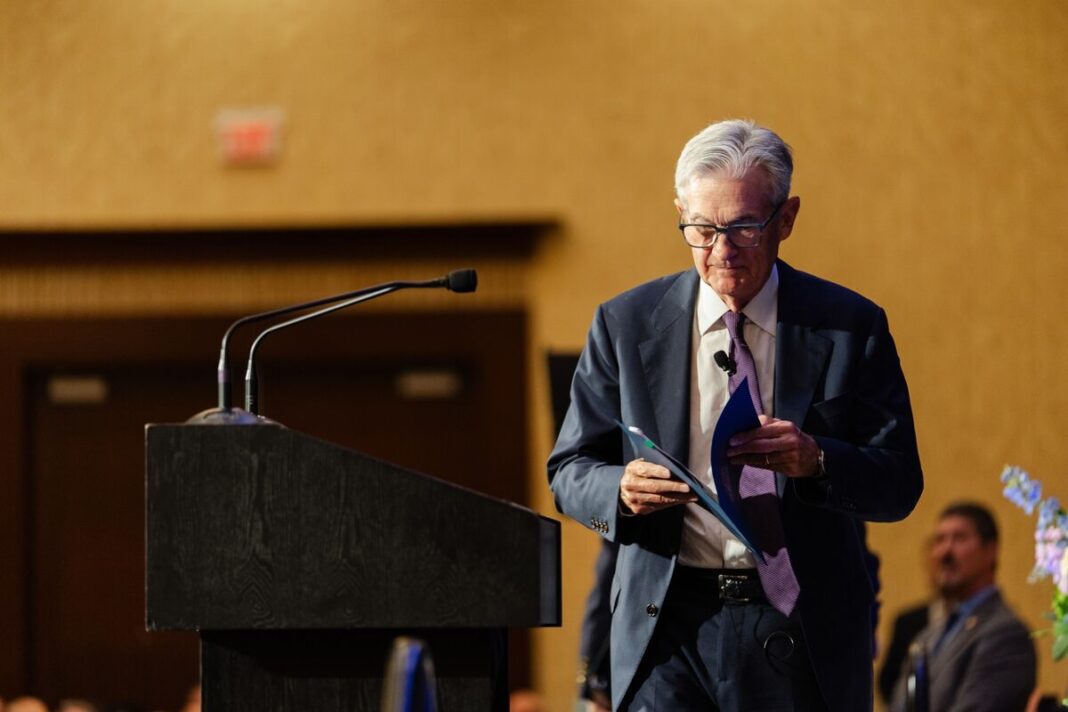Bond Investors and Economic Indicators: What to Watch
As bond investors navigate a sea of economic data, the upcoming calendar appears relatively sparse. Yet, this quiet period does not mean there’s nothing to pay attention to. With key figures like Federal Reserve Chair Jerome Powell set to address the audience at the NABE annual meeting in Philadelphia, and looming discussions regarding tariffs, investors find themselves at a crossroads of opportunity and caution.
The Significance of Jerome Powell’s Keynote
Jerome Powell’s upcoming speech at the National Association for Business Economics (NABE) annual meeting is drawing significant attention. As the leader of the Federal Reserve, Powell’s insights hold incredible weight in shaping market sentiments. Investors will be eager to hear his take on current monetary policy, interest rates, and inflation—issues that directly impact bond markets.
Expectations around his speech are high, particularly in regard to whether he will signal any shifts in policy. If Powell acknowledges continued inflationary pressures, it could indicate further rate hikes, which typically pressure bond prices downward. On the other hand, a more dovish stance might provide temporary relief for investors holding longer-term bonds, as it could stoke a rally in those markets.
Monitoring Tariff Developments
In addition to Powell’s address, ongoing discussions regarding tariffs are critical for bond investors to follow. Tariff changes can have far-reaching effects on the economy, influencing everything from consumer prices to corporate profits. An escalation in trade tensions, for instance, could signal economic instability, which generally drives investors towards safer assets like bonds.
Additionally, any hints at impending tariff announcements could create volatility in the bond market. Investors often react swiftly to rumors or news regarding trade agreements, as these could forecast shifts in economic growth and, subsequently, interest rates. Keeping a pulse on these developments is essential for anyone vested in the fixed-income markets.
Impact of a Scarce Economic Calendar
With a limited economic calendar, investors may find themselves feeling somewhat adrift. This scarcity can create a vacuum, where even minor news or forecasts can lead to heightened volatility. Investors should remain vigilant, as market sentiment may swing dramatically based on comments from influential leaders or unexpected economic news.
The absence of new data releases means that bond investors will be characteristically reactive to external stimuli. This environment emphasizes the importance of monitoring gossip, expectations, and predictions that can influence market movements—particularly as uncertainty seems to reign.
The Role of Global Economic Factors
Global economic conditions also play a substantial role in shaping the bond market landscape. Investors should be aware that international economic trends, such as central bank policies in Europe or Asia, can greatly affect U.S. bond yields. For example, if the European Central Bank signals an approach toward tightening monetary policy, it could prompt U.S. investors to rethink their own strategies.
Additionally, geopolitical events—such as unrest in key economic regions or trade disputes—can lead to shifts in investor behavior, with many turning to U.S. Treasuries as a safe haven during periods of uncertainty. These dynamics underline the interconnected nature of global economies and the importance of a broad view when analyzing domestic bond markets.
Preparing for Potential Market Volatility
In light of the upcoming events and the overall landscape, bond investors should prepare for potential market fluctuations. This includes staying informed about Powell’s speech and tariff discussions as they unfold. By understanding the broader economic context and keeping an eye on sentiment shifts, investors can better position themselves to react effectively.
Risk management strategies may come to the forefront, emphasizing the need for diversification and a careful balance between risk and reward. As markets react to economic signals, being informed can aid investors in making timely decisions to protect their portfolios.
Conclusion
The interplay between Jerome Powell’s speech, tariff developments, and the current economic climate underscores the intricate world of bond investing. While the calendar may be light, the potential impacts of these events are significant, warranting close attention from investors. By staying engaged and informed, bondholders can navigate these uncertain waters with greater confidence.



